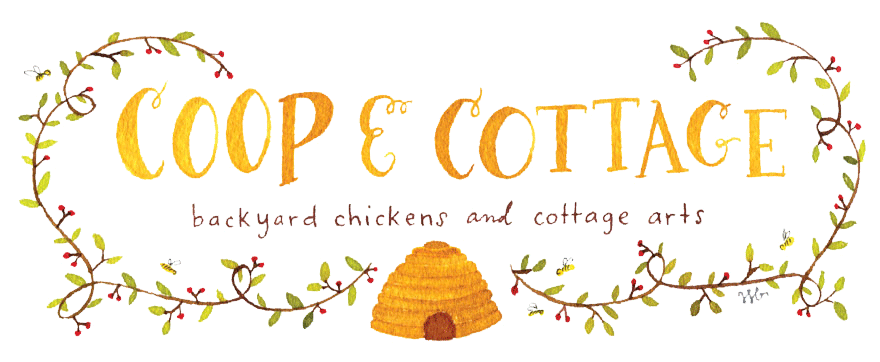 |
| Children feeding chickens (source). |
The article appeared in “The Francis W. Parker School
Studies in Education” published in 1912. The Chicago school (which still exists today) was founded in 1901, and it chronicled a school
project with chickens.
The report talks about how the second grade class was given
the care and feeding of a flock of chickens. I loved the lessons the teacher
said the kids learned, and some of the comments the kids made.
They learned about problem solving. When they found that the
bedding kept ending up in the chicken waterer (I can totally relate to THAT
frustration), they set about finding ways to engineer new ones.
“The group discussed plans and made drawings,” the teacher
reports. “Children went home and constructed models and these models were
studied and criticized by the group. When finally a satisfactory one was chosen,
the making of the article was turned over to an individual pupil.”
Problem solving 101, in second grade.
The teacher continues, mentioning students becoming more careful,
kind, and orderly.
“The class has become more trustworthy under its
responsibility for the chickens’ comfort. If they forgot to open the hen house
door for example the chickens had to roost in the run all night and had their
combs nipped.
“We have seen heedless children
acquire forethought. Many of them formed the habit of standing and turning over
in their minds the number of different articles they had to gather together
before they left the building for the chicken quarters.
“Children have grown keen too in
the power of observing things: ‘The hen's comb was a good color today,’ one
would remark.
“And best of all, the care of the
chickens has introduced into our children's lives new joys. Every day is full
of expectancy. And when baby chicks come the joy is supreme.”
And it turned
out to be a multi-age project as well, with the fifth grade class engineering a
carefully planned coop that met the needs of the hens, rooster, and their
young caregivers. The students consulted poultry guides and bulletins, took a field
trip to a poultry show, learned about inheritance of feather coloring, the
process of moulting, the sale of eggs, and proper feed rations.
They tracked the number of eggs they collected, the amount
of money they earned, and applied that information to learning subtraction,
addition and story problems. Genetics, business, math, engineering, problem solving. In second grade.
And I loved the “Code” the children came up with as a
governing statement:
“Our chickens have life in the city. They cannot range the
fields to find food. They depend upon people. We must not let them suffer. We
must never forget them. We must be trustworthy.”
Reading the report was like a step back in time, when
chickens were a more accepted part of every day life. They were woven into a
curriculum that presented such a wide range of rich lessons, and it’s clear these
second graders were learning without realizing it.
Makes me wonder if the elementary school down the road might
have room for a coop. Hm.





